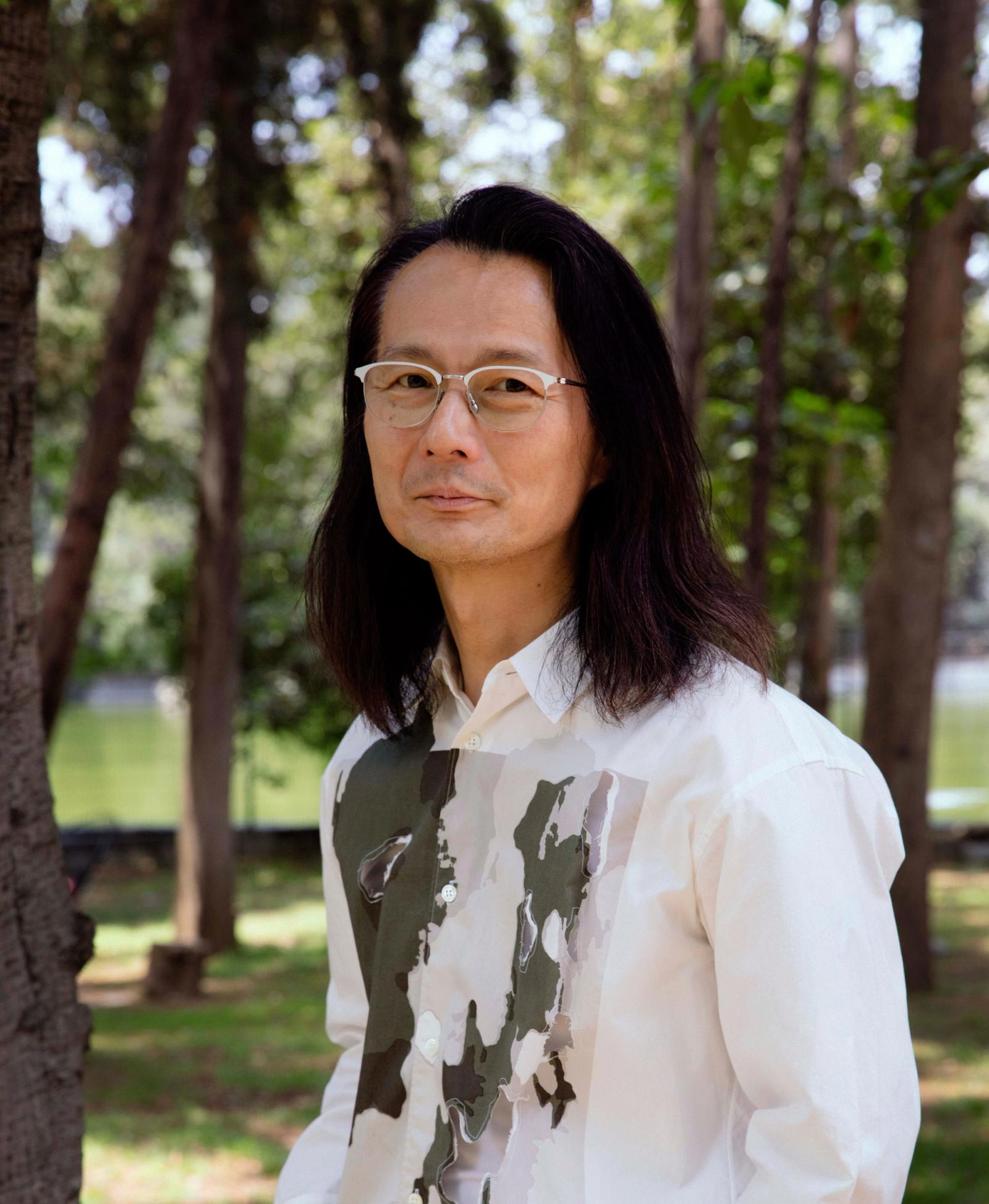A music that could free time
This essay by writer and broadcaster Kate Mollesson anticipates the performance Cassettes 100 by José Maceda, reimagined and guided by Aki Onda on September 18th at Deichman Bjørvika.
In her text, Mollesson listens to the work of the Filipino composer and ethnomusicologist Maceda with a contemporary ear, asking how it explores questions of sound, space, tradition, innovation, and time. And how Maceda dreamt of a music that could repurpose local practices into an international sound for the future.
Listen to Kate's audio recording!
José Maceda had a special way with time. He wrote his first composition when he was nearly fifty, having already notched up two other brilliant careers (pianist, ethnomusicologist). When he finally turned to creating music himself, his works re-examined sound and space, tradition within innovation, nationalism within internationalism, the individual within the collective – and time. He dreamed of a music that forms and floats like mist. A music that could free time. A music that could loosely unify thousands, millions of individual parts and transplant the oldest sounds into the newest devices. A music that could repurpose hyper-local practices into an international sound for the future. His friend, the Japanese pianist/composer Yuji Takahashi, put it like this: “Maceda’s music is a proposal and exemplar for a profound change in our feeling and thinking toward the society and culture in this troubled world. It gives a vision for each of us to investigate.”
There are 7,641 islands in the Philippines. Maceda — who was born in the town of Pila and would later become a key cultural figure in Manila — spent half a century investigating the traditions of those islands and elsewhere. He made music that is rooted in specific cultures but which transcends specific nationalism. For him, the act of preserving multiple indigenous practices was an act of resistance against cultural hegemony. He loved to blur lines across borders, between audience and performers, to make everyone feel part of a traditional communal gathering. At the heart of it all is the idea of the malleable drone. The shifting constant. Maceda wanted to create sounds of such fluid and multitudinous layering that the effect for listeners (who are often also participants) is like joining a murmuration of starlings, or a loose, immersive drumming ceremony. He was transfixed by the intricate rhythmic weave of natural formations; he loved the way multipart rhythms could flux and cross-hatch. He wanted time to ripple as it does in the rainforest, millions of musical parts coming together like the buzzing of insects or the shaking of leaves. And, by using new technologies, he wanted to preserve the pre-colonial traditions that he was hearing in the remotest parts of Asia by translocating them into the modern metropolis. He wanted village to become city – space collapsed, hut and ancient temple beamed into the parking lots of 1970s municipal edifices in downtown Manila. He wanted past to become present. Out of the old, out of the organic, he wanted to make a new music fit for all Asia.
Maceda thought a lot about time. He once noted, on a flight from New Zealand to the Philippines, that the particular recording of a Chopin Berceuse being played through the tannoy ‘was so stiff’ that he wanted to jump out of the plane! He knew what he didn’t want musical time to be: stiff, like that Chopin on the plane. Instead he reimagined a sense of ‘Asian musical time’ which would not be measured by the clock, not by barlines or time signatures, but through natural events such as the migration of birds and the flowering of plants.
Maceda thought a lot about drones. By ‘drone’ he did not mean a monotonous repeated note or single long sound. His drones are more coruscating than static, made of hundreds or thousands of enmeshed individual parts. Imagine a shoal of fish.
Maceda thought a lot about how Western tonal music is dominated by an obsession with closure, which he considered a ‘narrow view’ which ‘may lose its contact with other perspectives, especially a concept of the larger space, infinity, a metaphysical construct of the universe’. He lamented that ‘there is less room for qualities like patience, sorrow, doubt and humility, and other spiritual attributes which are spurned by the righteousness of logic and precision.’
His particular way of prising open the tonic/dominant supremacy was to build an alternative based on Asian foundations. He favoured the egalitarianism of the five-note pentatonic scale (imagine playing only the black notes on a piano) which he felt gave every note equal importance. He was also interested in mass participation as a way of dodging hierarchy. He began writing works in which every voice and limb contributes to the whole.
Which is how he came to making a piece for a hundred cassette tapes. A hundred performers with a hundred portable tape players infiltrating the lobby of the Cultural Center of the Philippines in 1971. He called the piece Cassettes 100, and the tapes played recordings of indigenous instruments and natural sounds, together making a happy heap of field material and musique concrète. ‘The recordings are my dictionary,’ he explained. ‘They are a receptacle of ideas from which I can pull at any time.’ As the participants moved their bodies in slow choreographed gestures, brandishing tape players in their hands, Maceda achieved his mission of bringing together tradition and technology, nature and the city, a malleable, mischievous sense of time and the heartbeat of modern life.
Kate Molleson is a writer and broadcaster who presents on BBC Radio 3 and BBC Radio 4. A former music critic for the Guardian, she has also written for publications including the New Statesman, Prospect and Gramophone. Her acclaimed debut book Sound Within Sound (Faber, 2022) offers an alternative history of classical music in the 20th century and inspired a new festival at London’s Southbank Centre. She lives in Edinburgh.





















